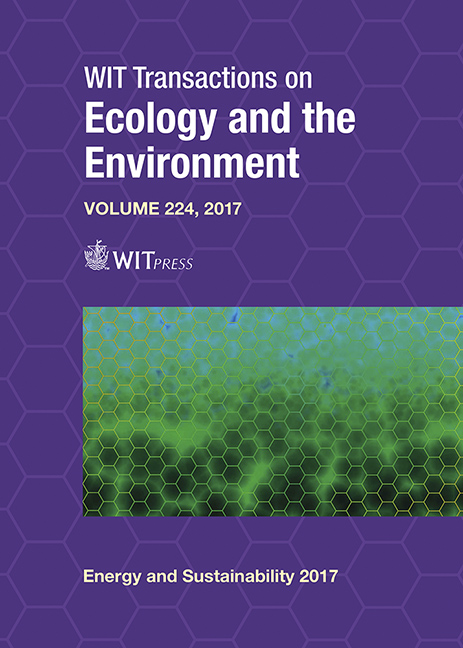SELECTION OF THE MELTING TEMPERATURE OF PHASE CHANGE MATERIALS CONSIDERING LOCAL CLIMATE
Price
Free (open access)
Transaction
Volume
224
Pages
12
Page Range
519 - 530
Published
2017
Paper DOI
10.2495/ESUS170481
Copyright
WIT Press
Author(s)
SEUNG HO LEE, MING LIU, WASIM SAMAN
Abstract
The selection of melting temperature of phase change materials (PCMs) is crucial part of PCM applications in building sector in order to achieve better thermal performance. This study examines various temperatures in Adelaide local climate such as conditioned indoor air temperature and outdoor dry/web bulb air temperature in order to find suitable melting temperature of PCM for passive and active application. According to the conditioned indoor temperature from ten houses in Adelaide, indoor air temperature is maintained between 15°C and 32°C with 22–23°C as an average. Average outdoor dry and web bulb air temperature is less than 18°C and 15°C, respectively. The temperature analysis demonstrates that the PCM with melting temperature around 22°C is assumed to be suitable for passive and free cooling system of residential buildings in Adelaide. On the other hand, the PCM for passive and free heating system is assumed not to work well during most of the day in winter because the outdoor air temperature during the winter lies under the thermal comfort range. Furthermore, the PCM thermal storage unit coupled with evaporative cooling system (EVAP-CS) is expected to increase energy efficiency of building by using outdoor cooled air during the summer night comparing to conventional vapour compression air conditioning system.
Keywords
phase change material, phase change temperature, local climate, indoor thermal comfort





